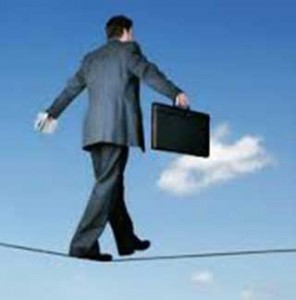 Between school and swim meets, Brandon is a busy guy. He compensates for his hectic schedule by being organized and planning his days in advance. Because he has swim practice most nights, for example, curso de lettering online he gets part of his homework done during lunch and brings his books to meets so he can make use of his down time. He tends to stress out if plans change at the last minute.
Between school and swim meets, Brandon is a busy guy. He compensates for his hectic schedule by being organized and planning his days in advance. Because he has swim practice most nights, for example, curso de lettering online he gets part of his homework done during lunch and brings his books to meets so he can make use of his down time. He tends to stress out if plans change at the last minute.
Brandon’s sister Cindi generally finishes her homework on the bus to school. Her favorite sports? Skateboarding and downhill skiing. Last week, she walked into a store to buy a jacket, and ended up getting her ears pierced instead.
Brandon and Cindi may be living in the same family, but they are at opposite ends of the risk-taking scale. Brandon is cautious, a planner who likes to know what’s going to happen before it happens. Cindi is more spontaneous. She loves the thrill of the exotic and daring, and she thrives on fast, potentially dangerous sports.
Risky vs. Cautious
Some people are naturally wired to be thrill-seekers, says Jean Thomas, M.D., M.S.W., of the Children’s National Medical Center in Washington, D.C. As children, they’re the ones who jump right into the pool. This type of child is often seen as easygoing because they don’t mind if there’s a new baby-sitter or if plans for a big celebration get changed. True risk-takers like these need stimulation. If their world is too structured, they tend to break away and create their own action.
More cautious kids, on the other hand, may stress out over having a substitute teacher. They may be reluctant to try new activities, and they like to plan things in advance and take a while to adjust to the unexpected.
Both the cautious and more risky approaches to life have their advantages, of course. But problems may occur when kids are at extreme ends of the scale. If Brandon were so inhibited, for example, that he never tried anything new, or that the unexpected caused him to panic, he could lack confidence in his own abilities. Or he might be overly fearful of making a mistake. Likewise, if Cindi were extremely high-spirited and had no risk-management skills, she might try to get her thrills by taking negative risks, such as experimenting with drugs.
Taking Calculated Risks
Experts agree that adolescence is a time when teenagers should be encouraged to take certain calculated risks. Trying a new sport or musical instrument or hanging with some new friends are all positive ways to break out of a rut. So is volunteering or studying abroad. “When we assume that all risk-taking is bad, we fail to recognize both the very real dangers some risks pose and the tremendous benefits that others can yield,” says Lynn Ponton, M.D., in her book The Romance of Risk: Why Teenagers Do the Things They Do. Positive risk-taking has several benefits, including boosting self-confidence and self-esteem.
Is this risk worth taking?
Taking risk is part of growing up. Learning to weigh those risks is equally important. It’s the frontal lobes of your brain that help you assess chances and put a stop to dangerous ones. The problem: Those lobes are not fully developed in a young teen. And your judgment skills may be even more hampered when you’re put under pressure.
The next time you’re faced with a decision to take a chance, stop a minute to ask yourself the following:
1. Why is taking the risk important to me?
2. What will I accomplished or learn if I take this risk?
3. Will taking this chance hurt me or anyone else?
4. Does this things contradict my values?